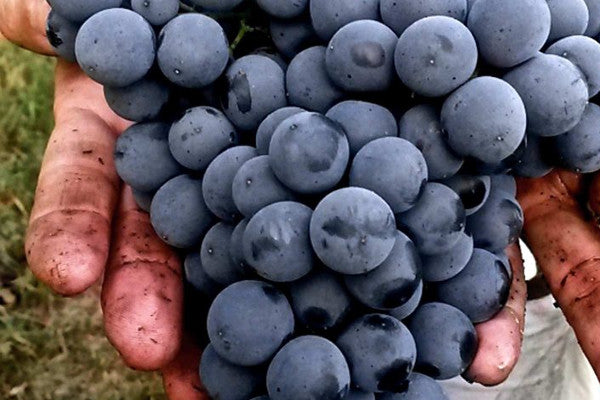Piedmont is a renowned wine region in Italy, known for the production of high-quality wines, including the famous Barolo. The region is located in northern Italy, along the Alps mountains, and is surrounded by a stunning landscape of vine-covered hills and forests. Barolo is a red wine made from the Nebbiolo grape and is considered one of Italy's finest wines. It is known for its intense color, complex aroma of ripe red fruits, spices, and earthy notes, powerful structure, and balanced acidity. Barolos are powerful and age-worthy wines that require a long time to mature and evolve, making them ideal to pair with bold and flavorful dishes.
The production of wine in Piedmont has a long history dating back to the Romans. The region became famous in the medieval era for its wine production and over the centuries has been influenced by various cultures, including French and Spanish. Piedmont is known for its tradition of producing high-quality wines, and the winemakers in the region adhere to rigorous standards of quality and sustainable agricultural practices. Furthermore, the region is protected by strict Denomination of Origin regulations, ensuring that only wines produced according to the highest standards are marketed with the Barolo label.
If you are a red wine enthusiast, Piedmont is a must-visit destination. With its production of high-quality wines, spectacular landscape, and rich wine history, the region is a dream destination for those seeking an authentic and refined experience in the world of wine.




